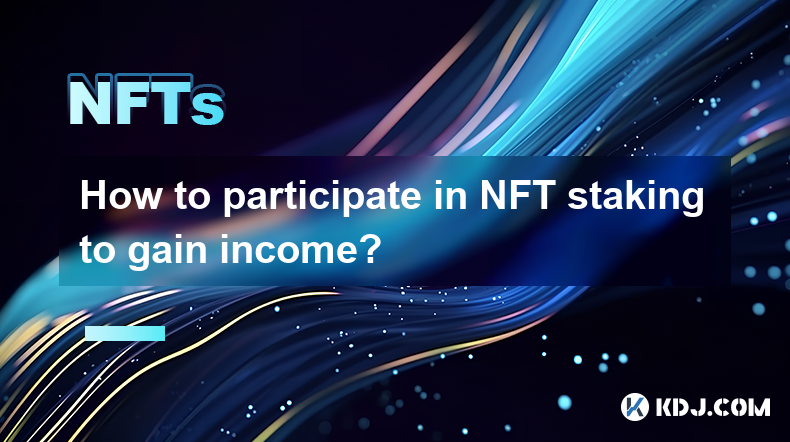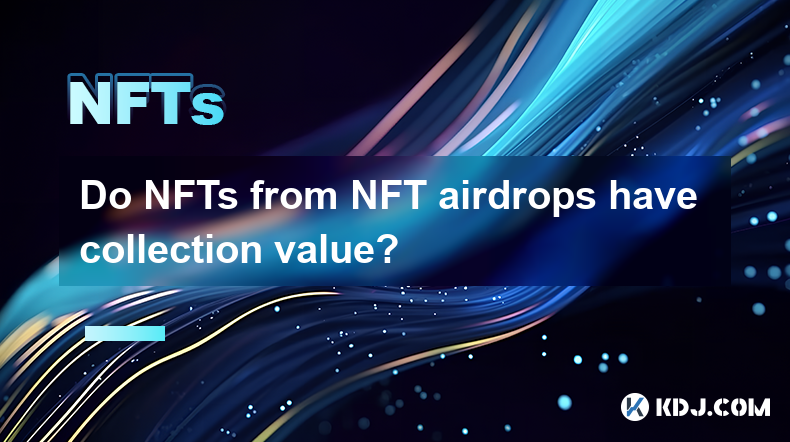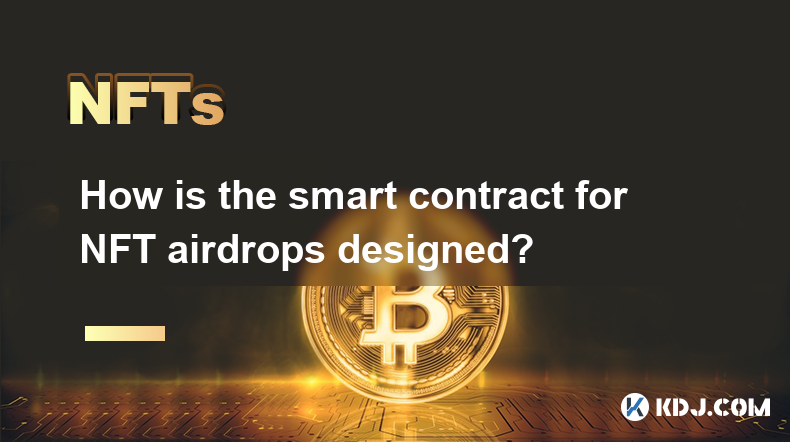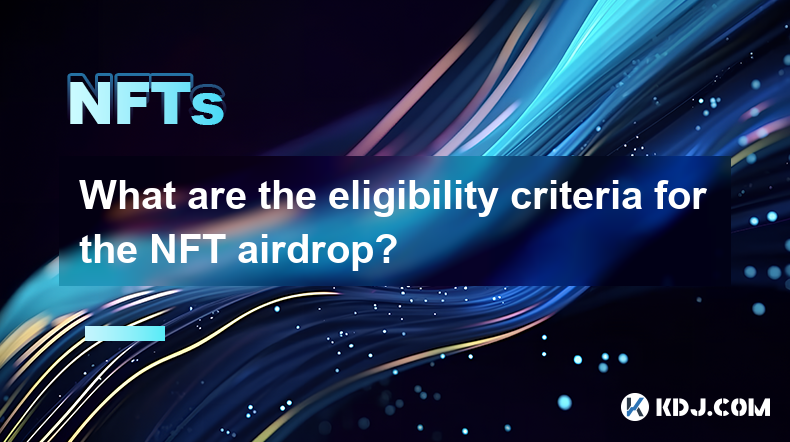-
 Bitcoin
Bitcoin $84,993.8786
0.34% -
 Ethereum
Ethereum $1,599.9353
1.27% -
 Tether USDt
Tether USDt $0.9999
-0.01% -
 XRP
XRP $2.0813
0.78% -
 BNB
BNB $592.4105
0.82% -
 Solana
Solana $138.1937
3.17% -
 USDC
USDC $1.0000
0.00% -
 Dogecoin
Dogecoin $0.1589
2.71% -
 TRON
TRON $0.2413
-1.55% -
 Cardano
Cardano $0.6307
2.60% -
 UNUS SED LEO
UNUS SED LEO $9.3881
1.71% -
 Chainlink
Chainlink $12.8366
1.65% -
 Avalanche
Avalanche $19.2740
1.26% -
 Stellar
Stellar $0.2445
1.24% -
 Toncoin
Toncoin $2.9868
-0.07% -
 Shiba Inu
Shiba Inu $0.0...01221
3.10% -
 Hedera
Hedera $0.1669
0.87% -
 Sui
Sui $2.1351
1.39% -
 Bitcoin Cash
Bitcoin Cash $336.8750
2.70% -
 Hyperliquid
Hyperliquid $18.0804
6.57% -
 Polkadot
Polkadot $3.7246
1.15% -
 Litecoin
Litecoin $76.4144
1.52% -
 Dai
Dai $0.9999
0.00% -
 Bitget Token
Bitget Token $4.4597
2.23% -
 Ethena USDe
Ethena USDe $0.9992
0.00% -
 Pi
Pi $0.6437
5.71% -
 Monero
Monero $212.9449
-1.50% -
 Uniswap
Uniswap $5.2448
1.29% -
 Pepe
Pepe $0.0...07289
2.88% -
 OKB
OKB $50.8316
2.01%
How to participate in NFT staking to gain income?
NFT staking lets you earn rewards by locking your NFTs in smart contracts; choose a secure platform and understand the terms to maximize income.
Apr 17, 2025 at 06:14 pm

Participating in NFT staking to generate income has become an increasingly popular method within the cryptocurrency community. NFT staking involves locking up your Non-Fungible Tokens in a smart contract to earn rewards, typically in the form of additional tokens or other benefits. This guide will walk you through the process of participating in NFT staking, explaining the necessary steps and considerations to help you start earning income from your digital assets.
Understanding NFT Staking
Before diving into the practical steps, it's essential to understand what NFT staking entails. NFT staking is a process where you lock your NFTs in a smart contract for a specified period. In return, you receive rewards, which can be in the form of the platform's native tokens, additional NFTs, or other incentives. This mechanism is designed to encourage users to hold onto their NFTs, thereby increasing the stability and value of the ecosystem.
The rewards from NFT staking vary depending on the platform and the specific staking program. Some platforms offer fixed rewards, while others provide variable rewards based on factors like the rarity or value of the staked NFT. Understanding the reward structure is crucial for maximizing your income from NFT staking.
Choosing the Right NFT Staking Platform
Selecting the right platform is a critical step in your NFT staking journey. Different platforms offer varying staking opportunities, reward structures, and levels of security. Some well-known platforms for NFT staking include OpenSea, Rarible, and specific blockchain ecosystems like Ethereum, Solana, and Binance Smart Chain.
When choosing a platform, consider the following factors:
- Security: Ensure the platform has a strong track record of security and reliability.
- Reward Structure: Understand how rewards are calculated and distributed.
- Fees: Be aware of any fees associated with staking, such as gas fees or platform fees.
- Community and Support: A strong community and good customer support can be invaluable, especially if you encounter issues.
Preparing Your NFTs for Staking
Once you've selected a platform, the next step is to prepare your NFTs for staking. This involves ensuring your NFTs are compatible with the platform's staking program. Some platforms may have specific requirements or whitelist certain NFTs for staking.
Here's how to prepare your NFTs:
- Verify Compatibility: Check the platform's documentation to ensure your NFTs are eligible for staking.
- Transfer NFTs: If your NFTs are not already on the platform, transfer them to the appropriate wallet or address.
- Understand the Terms: Read the staking terms and conditions carefully to understand the duration, rewards, and any potential risks.
Initiating the Staking Process
With your NFTs ready, you can now initiate the staking process. This typically involves interacting with a smart contract on the chosen platform. Here’s a detailed guide on how to stake your NFTs:
- Connect Your Wallet: Use a compatible wallet like MetaMask, Trust Wallet, or any other supported by the platform. Connect it to the staking platform.
- Navigate to the Staking Section: Find the section of the platform dedicated to staking. This might be labeled as "Stake," "Earn," or something similar.
- Select Your NFTs: Choose the NFTs you want to stake. Some platforms allow you to stake multiple NFTs at once, while others require you to stake them individually.
- Confirm the Staking Terms: Review the staking duration, rewards, and any other terms. Make sure you understand all the details before proceeding.
- Approve the Transaction: Authorize the smart contract to access your NFTs. This usually involves signing a transaction with your wallet.
- Stake Your NFTs: Once the transaction is approved, your NFTs will be locked in the smart contract, and you will start earning rewards.
Monitoring and Managing Your Staked NFTs
After staking your NFTs, it's important to monitor your investments and manage them effectively. Keeping an eye on your staked NFTs ensures you can maximize your rewards and respond to any changes in the staking program.
Here are some tips for monitoring and managing your staked NFTs:
- Track Rewards: Regularly check the platform to see how many rewards you've earned. Some platforms provide a dashboard or notifications for this purpose.
- Stay Informed: Keep up with any updates or changes to the staking program. Platforms may adjust reward rates or introduce new staking opportunities.
- Consider Unstaking: If the staking program no longer meets your expectations, you may want to unstake your NFTs. Be aware of any unstaking fees or lock-up periods.
Understanding the Risks of NFT Staking
While NFT staking can be a lucrative way to earn income, it's not without risks. It's important to understand these risks before committing your NFTs to a staking program.
Some common risks include:
- Smart Contract Vulnerabilities: The smart contracts used for staking can be vulnerable to hacks or exploits, potentially leading to loss of your NFTs.
- Market Volatility: The value of your NFTs and the rewards you earn can fluctuate based on market conditions.
- Liquidity Risks: Staking your NFTs may lock them up for a period, reducing your ability to sell or trade them quickly.
Frequently Asked Questions
Q: Can I stake any NFT, or are there specific requirements?
A: Not all NFTs can be staked on every platform. Each staking program has its own set of requirements, which may include specific types of NFTs, minimum value thresholds, or whitelist criteria. Always check the platform's documentation to ensure your NFTs are eligible.
Q: How long do I need to stake my NFTs to earn rewards?
A: The duration of NFT staking varies by platform and program. Some programs offer short-term staking with quick rewards, while others require longer lock-up periods for higher rewards. Always review the staking terms to understand the duration and reward structure.
Q: What happens if I want to unstake my NFTs before the staking period ends?
A: Unstaking your NFTs before the end of the staking period may be possible, but it often comes with penalties or fees. Some platforms have lock-up periods during which you cannot unstake your NFTs. Always check the terms and conditions of the staking program to understand the unstaking process and any associated costs.
Q: Are the rewards from NFT staking taxable?
A: The tax treatment of rewards from NFT staking can vary by jurisdiction. In many places, these rewards are considered taxable income. It's advisable to consult with a tax professional to understand your specific tax obligations related to NFT staking rewards.
Disclaimer:info@kdj.com
The information provided is not trading advice. kdj.com does not assume any responsibility for any investments made based on the information provided in this article. Cryptocurrencies are highly volatile and it is highly recommended that you invest with caution after thorough research!
If you believe that the content used on this website infringes your copyright, please contact us immediately (info@kdj.com) and we will delete it promptly.
- Codename:Pepe dips 30% from March highs, sparking investor interest in Codename:Pepe's AI-powered alternative.
- 2025-04-19 14:20:14
- Despite Its Elevated Position as the World's Premier Meme Coin, Dogecoin (DOGE) Has Been Struggling
- 2025-04-19 14:20:13
- Market Update: Crypto Market Remains Steady at $2.79 Trillion with Minimal 0.14% Growth
- 2025-04-19 14:15:13
- Can Mantra (OM) Bounce Back? How High Can the Price Go After 90% Crash?
- 2025-04-19 14:15:13
- President Donald Trump Said at a 2024 Campaign Event That He Wanted All Remaining Bitcoin
- 2025-04-19 14:10:13
- Qubetics ($TICS): The New Frontier in Blockchain Interoperability
- 2025-04-19 14:10:13
Related knowledge

How to display and trade NFTs from NFT airdrops?
Apr 18,2025 at 04:42am
How to Display and Trade NFTs from NFT Airdrops? NFT airdrops have become a popular way for projects to distribute their tokens and engage with their community. If you've received NFTs through an airdrop, you might be wondering how to display and trade them. This article will guide you through the process step-by-step, ensuring you can showcase your NFT...

Do NFTs from NFT airdrops have collection value?
Apr 18,2025 at 11:49pm
NFTs, or non-fungible tokens, have become a significant part of the cryptocurrency ecosystem, and NFT airdrops are one way for projects to distribute these digital assets to their community. A common question that arises is whether NFTs received from airdrops have any collection value. To answer this question, we need to delve into various aspects of NF...

How is the smart contract for NFT airdrops designed?
Apr 18,2025 at 03:10am
The design of a smart contract for NFT airdrops is a complex process that requires careful consideration of various factors to ensure the airdrop is executed smoothly and securely. This article will delve into the intricacies of how such a smart contract is designed, focusing on key components, security measures, and the implementation process. Key Comp...

What are the eligibility criteria for the NFT airdrop?
Apr 17,2025 at 04:56pm
Understanding NFT AirdropsNFT airdrops are a popular method used by blockchain projects to distribute non-fungible tokens (NFTs) to their community members. These airdrops can serve various purposes, such as rewarding loyal users, promoting new projects, or increasing the visibility of existing ones. To participate in an NFT airdrop, individuals must me...

How to protect the copyright of artworks on NFT platforms?
Apr 19,2025 at 06:28am
The rise of Non-Fungible Tokens (NFTs) has revolutionized the way digital art is created, bought, and sold. As artists increasingly turn to NFT platforms to showcase and monetize their work, protecting the copyright of these artworks becomes a crucial concern. This article explores various strategies and tools that artists can use to safeguard their int...

How to attract artists and creators to join the NFT platform?
Apr 18,2025 at 02:50pm
Attracting artists and creators to join an NFT platform is crucial for its success and growth. By understanding their needs and offering unique features, you can create a thriving community of digital artists and content creators. In this article, we will explore several strategies to entice artists and creators to join your NFT platform. Understanding ...

How to display and trade NFTs from NFT airdrops?
Apr 18,2025 at 04:42am
How to Display and Trade NFTs from NFT Airdrops? NFT airdrops have become a popular way for projects to distribute their tokens and engage with their community. If you've received NFTs through an airdrop, you might be wondering how to display and trade them. This article will guide you through the process step-by-step, ensuring you can showcase your NFT...

Do NFTs from NFT airdrops have collection value?
Apr 18,2025 at 11:49pm
NFTs, or non-fungible tokens, have become a significant part of the cryptocurrency ecosystem, and NFT airdrops are one way for projects to distribute these digital assets to their community. A common question that arises is whether NFTs received from airdrops have any collection value. To answer this question, we need to delve into various aspects of NF...

How is the smart contract for NFT airdrops designed?
Apr 18,2025 at 03:10am
The design of a smart contract for NFT airdrops is a complex process that requires careful consideration of various factors to ensure the airdrop is executed smoothly and securely. This article will delve into the intricacies of how such a smart contract is designed, focusing on key components, security measures, and the implementation process. Key Comp...

What are the eligibility criteria for the NFT airdrop?
Apr 17,2025 at 04:56pm
Understanding NFT AirdropsNFT airdrops are a popular method used by blockchain projects to distribute non-fungible tokens (NFTs) to their community members. These airdrops can serve various purposes, such as rewarding loyal users, promoting new projects, or increasing the visibility of existing ones. To participate in an NFT airdrop, individuals must me...

How to protect the copyright of artworks on NFT platforms?
Apr 19,2025 at 06:28am
The rise of Non-Fungible Tokens (NFTs) has revolutionized the way digital art is created, bought, and sold. As artists increasingly turn to NFT platforms to showcase and monetize their work, protecting the copyright of these artworks becomes a crucial concern. This article explores various strategies and tools that artists can use to safeguard their int...

How to attract artists and creators to join the NFT platform?
Apr 18,2025 at 02:50pm
Attracting artists and creators to join an NFT platform is crucial for its success and growth. By understanding their needs and offering unique features, you can create a thriving community of digital artists and content creators. In this article, we will explore several strategies to entice artists and creators to join your NFT platform. Understanding ...
See all articles
























































































